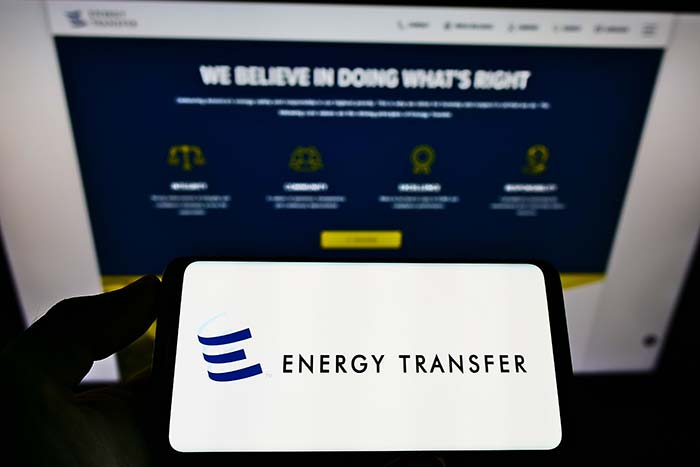Energy Transfer (NYSE: ET) is a favorite among income investors due to its strong yield.
And now, thanks to the meltdown in the markets, the stock yields nearly 8%, making it even more attractive.
But can investors rely on that high yield going forward?
Energy Transfer is a master limited partnership (MLP). As a result, it pays a distribution instead of a dividend and is taxed differently. Typically, MLP distributions are not taxed in the year they are received. Instead, they lower the cost basis and the investor pays tax on a larger capital gain when they sell. But in the meantime, they collect tax-deferred income while they hold it.
The company operates oil and gas pipelines, with assets in 44 states.
Last year, the company generated $8.3 billion in distributable cash flow, up from $7.6 billion in 2023. It paid investors $4.6 billion in distributions for a payout ratio of 55%. So, the company was easily able to afford its distribution.
In 2025, the company is projected to grow distributable cash flow to $8.4 billion, while distributions paid is anticipated to shrink to $3.9 billion, for a 46% payout ratio.
While Energy Transfer’s financials look stellar, the company did cut the distribution in 2020 when times got tough. Sometimes, it’s the prudent thing to do. But I prefer a management team that will do whatever it takes to preserve the dividend. Energy Transfer has shown that it will reduce the distribution, which gets a penalty in the dividend safety rating.
Energy Transfer has been growing its distribution per share to investors for the past few years and generates plenty of cash flow to do so.
The only concern is management going into panic mode if the economy goes off the rails again. Otherwise, Energy Transfer’s distribution is pretty safe.
Dividend Safety Rating: B

What stock’s dividend safety would you like me to analyze next? Let me know here.
You can also take a look to see whether we’ve written about your favorite stock recently. Just click on the word “Search” at the top right part of the Wealthy Retirement homepage, type in the company name, and hit “Enter.”
Also, keep in mind that Safety Net can analyze only individual stocks, not exchange-traded funds, mutual funds, or closed-end funds.
